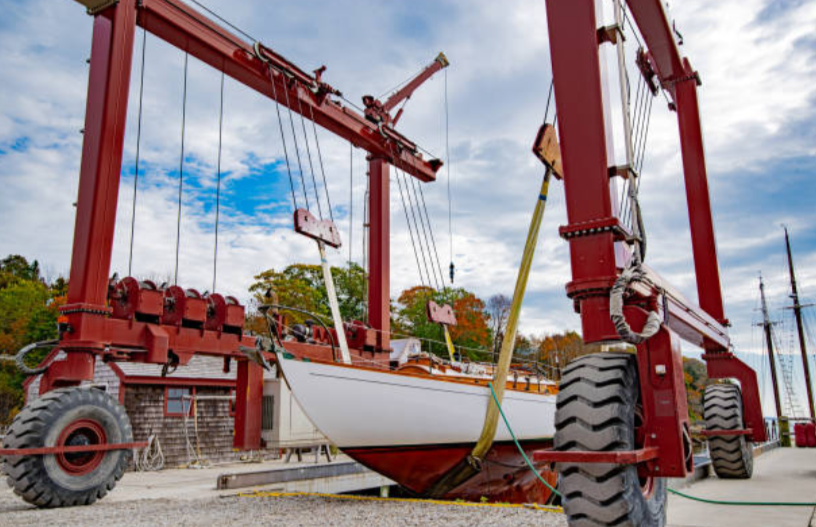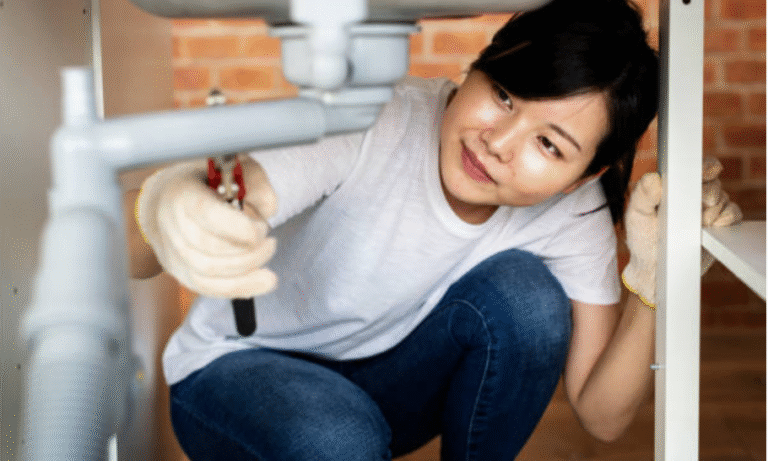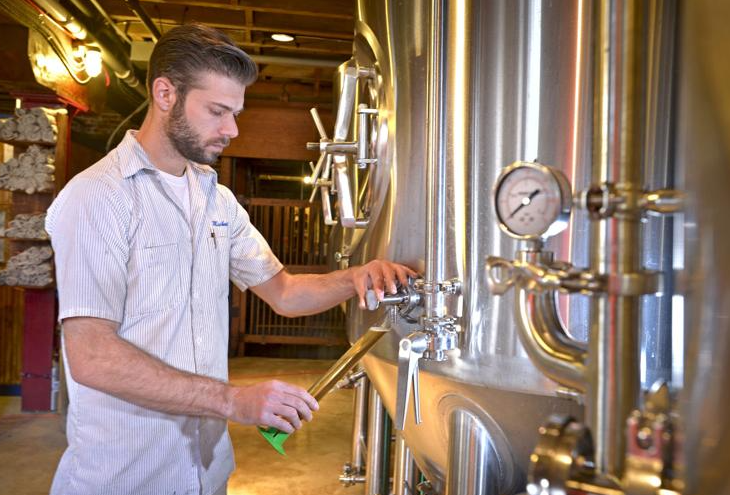Signs Your Boat Lift Needs Professional Servicing
A boat lift is one of the most important investments for any boat owner. It keeps your vessel out of the water when not in use, protecting it from damage caused by waves, algae growth, and prolonged water exposure. However, like any mechanical system, a boat lift requires regular maintenance to keep working safely and efficiently.
Boat lift service ensures your lift operates smoothly, safely, and efficiently throughout the boating season. Regular maintenance helps prevent costly repairs, extends the life of the lift, and keeps your watercraft secure.
Neglecting maintenance can lead to costly repairs, dangerous malfunctions, and even damage to your boat. Recognizing the early warning signs that your boat lift needs professional servicing can save you time, money, and frustration.
In this guide, we’ll go over the most common signs that your boat lift needs attention from a qualified technician.
1. Unusual Noises During Operation
If your boat lift is making grinding, squeaking, or clunking sounds, it’s a clear indication that something isn’t right. These noises often point to issues such as:
- Worn or dry bearings
- Loose or damaged pulleys
- Misaligned gears or motor components
A noisy lift isn’t just annoying — it’s often a sign of parts wearing out or rubbing incorrectly. Left unchecked, these issues can cause serious damage to the motor or cables. A professional service can lubricate, realign, or replace components before they fail.
2. Slower or Uneven Lifting
Your boat lift should raise and lower your vessel smoothly and at a consistent speed. If you notice it’s operating more slowly than usual or lifting unevenly, there could be underlying problems such as:
- Frayed or stretched cables
- Weak or failing motor
- Misaligned cradle or bunks
Uneven lifting can put unnecessary stress on your boat’s hull and on the lift’s structure. A technician can diagnose the cause and make the necessary adjustments or replacements to restore balanced performance.
3. Visible Rust or Corrosion
Boat lifts are constantly exposed to water and moisture, making them prone to corrosion. Rust on metal parts, especially cables, pulleys, and bolts, weakens the lift’s structure and can lead to dangerous failures.
In saltwater environments, corrosion happens even faster, so regular inspections are essential. A professional servicing will remove rust, apply protective coatings, and replace compromised parts to ensure the lift remains strong and safe.
4. Frayed or Damaged Cables
Cables are one of the most critical components of your boat lift, bearing the full weight of your vessel. If you notice fraying, kinks, or broken strands, it’s time to call for immediate servicing.
Damaged cables can snap unexpectedly, causing your boat to drop and sustain severe damage. A professional will replace worn cables with the correct size and type to match your lift’s specifications, restoring its safe operation.
5. Electrical or Motor Problems
If your lift has an electric motor and it struggles to start, stops unexpectedly, or trips circuit breakers, it’s a sign of an electrical problem. These issues could be caused by:
- Faulty wiring
- Worn motor brushes
- Overheating components
Electrical problems can quickly worsen and may pose safety hazards. A qualified technician can troubleshoot the system, replace damaged wiring, and repair or replace the motor as needed.
6. Misaligned or Damaged Bunks
The bunks (or cradles) on your lift support your boat’s hull when it’s out of the water. If they’re misaligned, damaged, or sagging, your boat may not sit correctly on the lift.
Improper bunk alignment can cause hull stress, scratches, or other cosmetic and structural issues. A professional service will adjust or replace bunks to ensure they properly fit your boat’s shape and provide even weight distribution.
7. Excessive Vibration or Shaking
While some movement is normal during operation, excessive vibration or shaking can indicate loose or damaged components. This might be due to:
- Worn bearings
- Loose fasteners
- Bent structural parts
Ignoring vibrations can lead to faster wear and even mechanical failure. A technician can pinpoint the source of the issue, tighten loose parts, and replace damaged ones to restore smooth operation.
8. Difficulty Operating the Lift Controls
If your manual or electric controls are stiff, unresponsive, or inconsistent, your lift may need servicing. Problems with control systems can be linked to worn cables, faulty switches, or motor issues.
Professional servicing ensures your control mechanisms are fully functional, making it easy and safe to raise or lower your boat whenever needed.
9. Water Level or Environmental Changes
Sometimes the lift itself isn’t damaged, but changes in your dock’s environment can impact its performance. For example:
- Lower water levels may require height adjustments
- Increased wave action may cause faster wear
- Shifting dock structures can misalign the lift
A professional can adjust your lift to accommodate these environmental changes, ensuring it continues to operate safely and effectively.
See Also: Enjoy Independence Without Leaving the Home You Love
10. Visible Structural Damage
Any visible cracks, bends, or dents in your boat lift’s frame should be taken seriously. Structural damage compromises the lift’s ability to safely hold your boat’s weight.
A technician can assess whether the damage can be repaired or if parts need to be replaced. Catching structural issues early can prevent catastrophic lift failure.
Why Timely Professional Servicing Matters
Waiting until your lift completely breaks down can lead to costly repairs and possible damage to your boat. Professional servicing not only addresses existing problems but also prevents new ones from developing.
During a typical service visit, a technician will:
- Inspect and lubricate moving parts
- Check and replace cables if needed
- Test electrical components and motor
- Adjust bunks and cradle alignment
- Apply protective coatings to fight corrosion
This proactive approach ensures your boat lift operates reliably, keeps your boat safe, and extends the life of the equipment.
Conclusion
Your boat lift is essential for protecting your boat and ensuring easy access to the water. By staying alert to signs such as unusual noises, slow operation, rust, frayed cables, or electrical issues, you can catch problems early and have them professionally repaired before they worsen.
Regular servicing not only keeps your lift in top shape but also provides peace of mind that your boat is always safe and ready for your next adventure.
When in doubt, trust your instincts — if something doesn’t seem right with your boat lift, it’s time to call in a professional. A small investment in timely maintenance today can save you from major headaches and expenses tomorrow.






